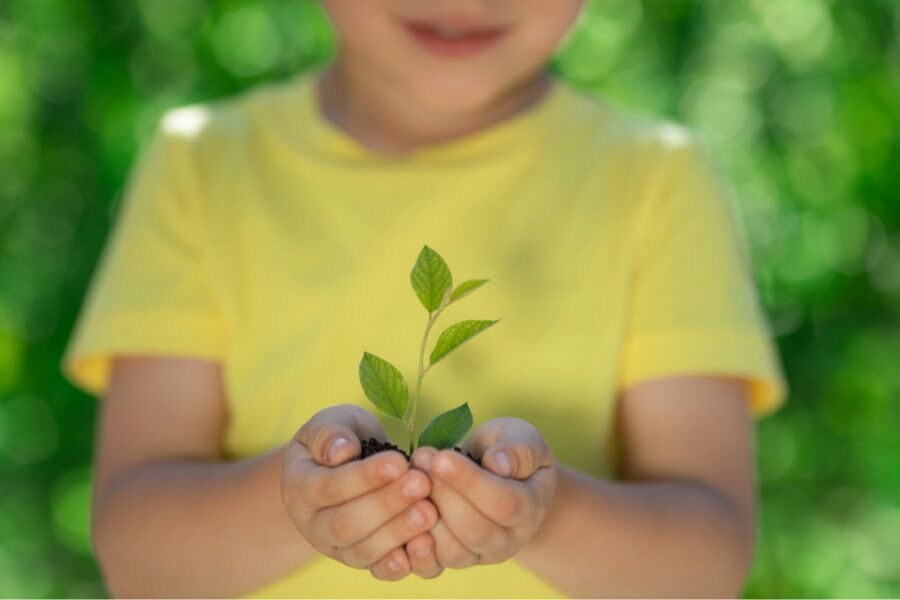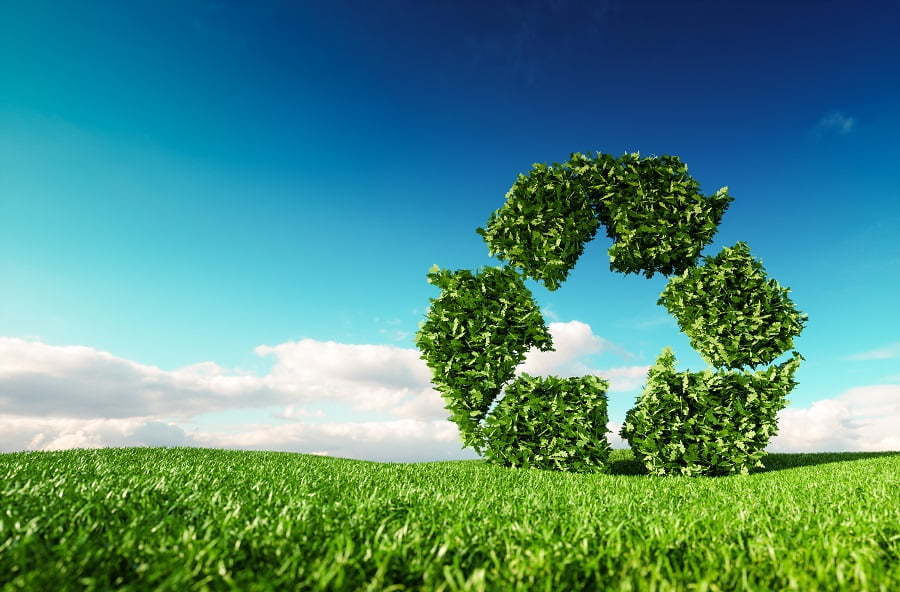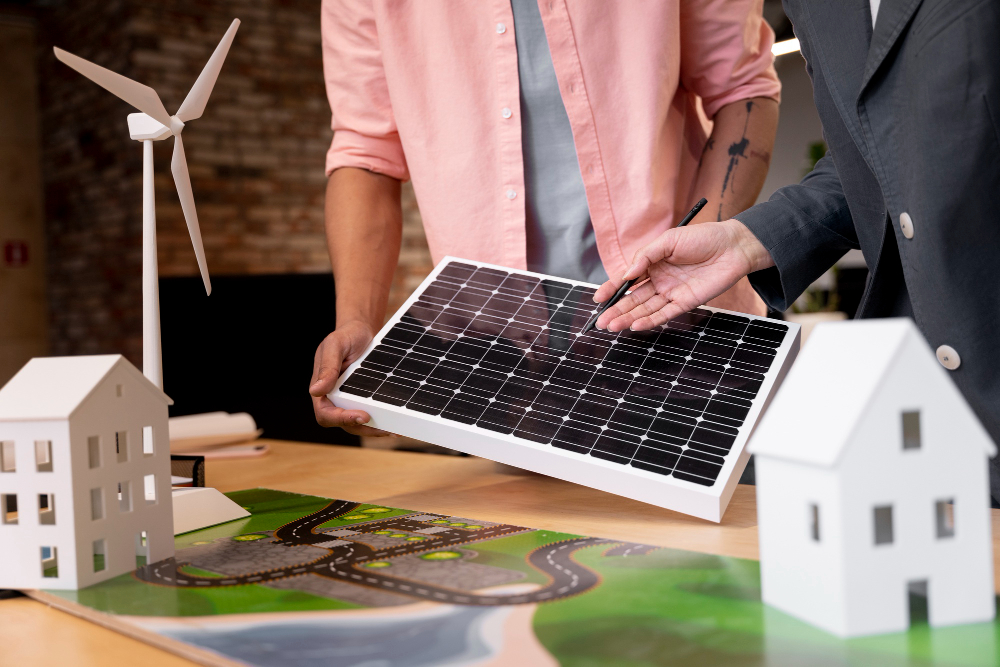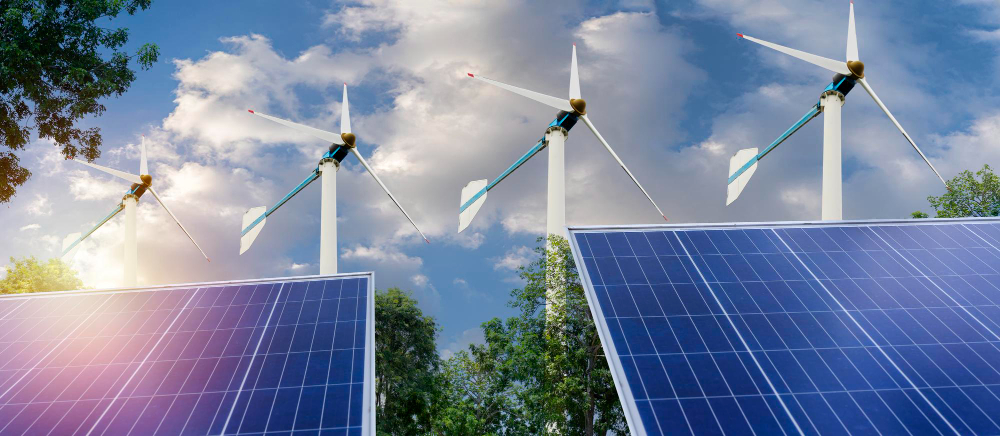Last updated on
Start teaching your children these five important sustainability skills. Read on!
In a world facing unprecedented environmental challenges, there is a pressing need for individuals who are not only aware of the planet’s fragility but also equipped with the necessary skills to preserve and protect it.
As parents, we have a unique opportunity to raise future stewards – children who are environmentally conscious, responsible, and committed to sustainability. By instilling essential sustainability skills early on, we can empower our children to become advocates for the planet and active contributors to a greener and more sustainable future.
Teaching our children about sustainability goes beyond mere awareness; it involves nurturing a deep connection with nature, fostering a sense of responsibility, and providing them with the tools to make informed choices.
In this article, we will explore five essential sustainability skills that every child should learn.
Understanding the Environment

Help your child develop a deep appreciation for nature and an understanding of the environment. Introduce the concept of ecosystems – the intricate web of living organisms and their surrounding environment.
Help them understand how every species, no matter how small, plays a crucial role in maintaining balance and biodiversity. Teach them about the interconnectedness of various ecosystems, emphasizing the ripple effects that human activities can have on the delicate balance of nature.
Conserving Resources and Reducing Waste

Teaching your child about conservation and waste reduction is crucial in instilling sustainable habits and behaviors. By understanding the importance of conserving resources and minimizing waste, children can contribute to a more sustainable future. Here are some key aspects to focus on when teaching your child:
- Recycling: Separate recyclable materials, such as paper, plastic, glass, and metal, and reuse them to create new products. According to FreshSpace Cleaning, make recycling a regular part of your family’s routine, involving your child in sorting recyclables and taking them to recycling centers.
- Reducing Plastic Use: Encourage them to minimize their use of disposable plastic items such as bags, straws, and water bottles. Instead, introduce them to reusable alternatives like cloth bags, stainless steel water bottles, and metal or bamboo straws.
- Saving Energy: Teach them simple actions such as turning off lights and electronic devices when not in use, adjusting thermostats to conserve energy, and using energy-efficient appliances. Help them understand that their small actions can add up to significant energy savings and contribute to a healthier environment.
- Composting: Educate them on which food scraps and yard waste can be composted and how to maintain a compost pile or bin. Involve them in the process, allowing them to contribute kitchen scraps or help turn the compost. Explain how composting reduces the amount of waste that goes to landfills and helps create a more sustainable cycle of nutrient recycling.
- Mindful consumption: Help them evaluate their needs versus wants to make conscious choices that reduce waste. Discuss the impact of excessive consumption on the environment and promote the idea of reusing, repairing, or repurposing items whenever possible. Encourage them to donate unwanted items to charitable organizations instead of discarding them.
Recognizing Human Impact on the Environment

Sharing about the human impact on the environment is essential for fostering sustainability. By exploring topics such as deforestation, pollution, climate change, resource depletion, and habitat destruction, you can help them understand how human actions affect the planet.
Discuss the consequences of these activities on biodiversity, ecosystems, and the overall health of the environment. Empower your child with knowledge about responsible waste management, sustainable practices, and the importance of conservation.
Practicing Sustainability and Shared Responsibility to Protect Natural Resources

Introduce your child to sustainable living practices that contribute to a healthier planet. Teach them about concepts such as organic gardening, composting, and using renewable energy sources. Involve them in activities like growing their food, starting a small garden, or participating in community clean-up initiatives.
Help your child understand the importance of protecting wildlife and their habitats. Teach them about the interdependence between species and ecosystems and the role of biodiversity in maintaining a healthy planet. Encourage them to respect and appreciate wildlife, advocate for their protection, and engage in activities that support conservation efforts.
Exploring and Observing Nature

Immersing them in the natural world through exploration and observation ignites their curiosity, cultivate a sense of wonder, and instills a love for the Earth. Take them on outdoor adventures, and plan hikes to engage with their surroundings. Let them slow down, use their senses, observe, and ask questions.
You can introduce to your child the practice of nature journaling by providing them with a notebook or sketchbook to draw and document their observations. Other fun activity are nature-based projects such as creating a small garden, building a birdhouse, or participating in citizen science initiatives.
The Takeaway
Remember, sustainability is not just a trend but a way of life. As they grow, they will carry these values into their daily lives, influencing their decisions as consumers, leaders, and community members.
By instilling these sustainability skills in your child from an early age, you are setting them on a path to be lifelong advocates for the planet.
Related reading:
Table of Contents





